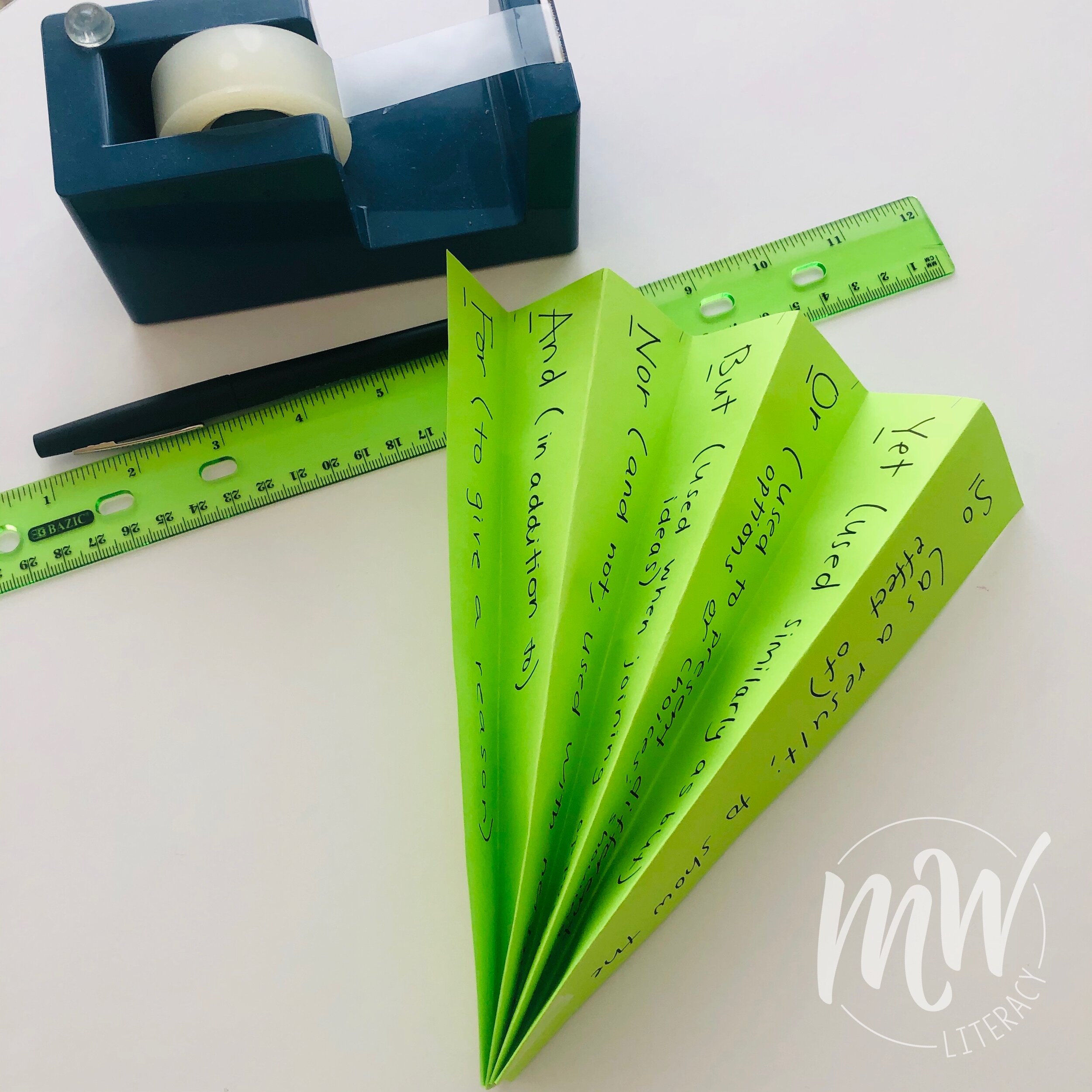We know that the long o sound says its name. But how many ways are there to spell this long vowel sound? There are FIVE common ways to spell the long o sound. (I include 6 examples in the chart below because of the two different spelling rules — or generalizations — about the o spelling pattern.)
It is worth acknowledging that the long o sound can also be spelled as oo (as in door and floor); ou (as is soul); and ough (as in though and dough). However, these spelling patterns are so far and few between for the long o sound that they are not included in this chart as a main go-to for spelling patterns of this sound.
Knowing these different spelling patterns for this one sound is vital in developing phonemic awareness that will support students on their journey of becoming strong, confident, and fluent independent readers. As students move from picture-heavy readers to more text-heavy books, they need to be equipped to confidently tackle words without guessing or using pictures. Targeted phonics instruction will not only help students decode more fluently, but students who have strong decoding and fluency skills also comprehend what they read more efficiently. In this post, I list each of the five spelling patterns as well as when each spelling pattern is most likely to be used.
O
Can spell the long o sound at the end of a syllable or when followed by two consonants. Ex: robot; gold
O_E
Can spell the long o sound when the silent final e makes the o say its name. Ex: cone
OA
Can spell the long o sound at the beginning or in the middle of a base word. Ex: oat; coat
OE
Can spell the long o sound at the end of a word. Ex: toe
OW
Can spell the long o sound at the end of a base word. Ex: snow
Note: The placement of the ow will sometimes shift to the middle of a single syllable word when that word changes form (such as to past participle), and almost exclusively when it ends in n. Examples: grown, known, flown. The word bowl is also an exception.
For targeted practice with the different spelling patterns of the long o sound, check out this decodable reading resource in my shop.
STAY CONNECTED





